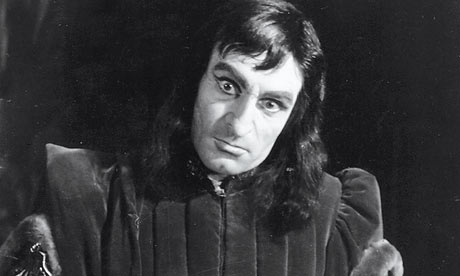The Daughter of Time, by Josephine Tey, is a novel that describes Tey’s definition of history. Throughout the novel, the murder of Richard II’s nephews. This horrendous event is speculated about through the main character, Detective Grant. He is eager to find out the truth, but he comes to learn that what he thinks is the truth is hearsay. Hearsay and the stories about what happened are all questions and rumors. Grant reads Sir Thomas More’s account of Richard II, only to realize later that that story was just another version of the same story he had been hearing. Grant discusses his struggles with the other characters about finding out the truth. This is significant to us, the readers, because as we learn to write about history, it is important to find the whole truth, not simply the parts we hear most often. We had one example of this in the archives when we were debating John Dickinson’s birthday, and that although maybe 70% of sources said his birthday was November 8, the truth was that it was on November 2.
Discussing ones ideas with others around them is a good way to get new information that one may not have received already, or to confirm information one might have. Exchanging ideas is what happens with Detective Grant and Brent Carradine, they use each others ideas and knowledge of what they have researched and heard to uncover the truth about the murders of Richard II’s nephews. At one point of the novel, there is a conversation between Grant and Carradine about the point that Grant really wants to find a “contemporary account of events…not what someone heard-tell about the events that happened”. (Tey pg. 93) This statement is directly related to ‘how to do history’ because it tells the reader, and/or informs the scholar that primary sources are the best way to find accurate information on the topic at hand. Tey’s point in writing this novel was not only to tell a story of a detective and his assistant looking for details of an old crime, but rather the process they go through to find the information. Grant starts out just listening to old stories from people in the town, to getting a research assistant to help him separate folk-lore tales from possible accurate depictions. Next, the share the details they find with one another to see what matches up, and to show that asking questions and sharing information is the best way to go about conducting research. Finally, they use what information they have collected to build their case, however now Grant and Carradine are not sure if it was Richard II or his hired hand who killed Richards two nephews.

